Location: Adjacent to the upper station of the Montjuïc Funicular, accessible via the Paral·lel metro station (Lines L2 and L3).
Nearby attractions: Fundació Joan Miró, Museu Nacional d'Art de Catalunya (MNAC), Poble Espanyol, and the Olympic Ring.
Sprawling across Montjuïc Hill, this green oasis is more than a garden; it’s a living showcase of landscaped terraces, hidden paths, Mediterranean flora, and open-air art.
Originally developed for the 1929 International Exhibition, the park has grown into one of Barcelona’s most beloved public spaces. It’s where you go to escape the bustle of the city, breathe in some fresh pine-scented air, and stumble upon everything from sculpture gardens to secret fountains.
You’ll spot locals jogging, artists sketching, and travellers gazing out over Barcelona’s rooftops and coastline. It's not a manicured palace garden; it’s a wilder, more relaxed, and charmingly Catalan kind of green space.
It houses the Montjuïc Park Station (or “Parc de Montjuïc” in Catalan, if you want to impress the locals), the boarding point of the Montjuïc Cable Car, also known as Telefèric de Montjuïc.
The cable car line spans 752 meters, ascending 84.55 meters from the base to the summit.
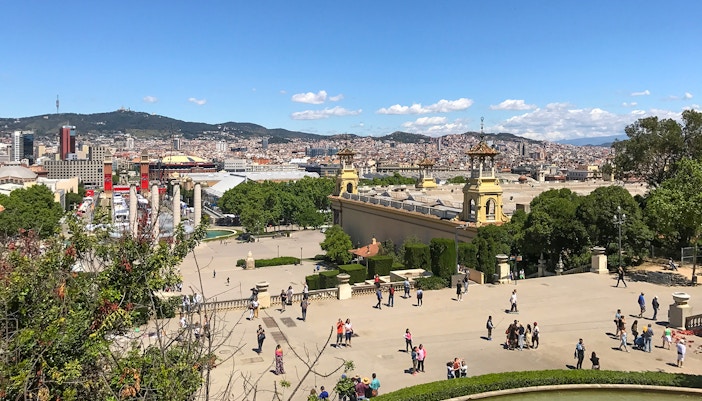
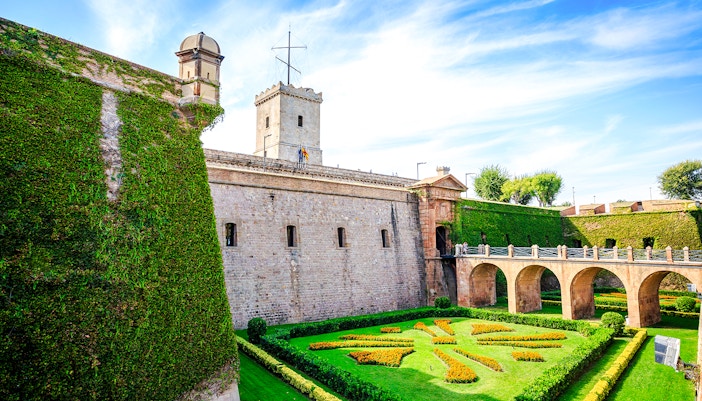
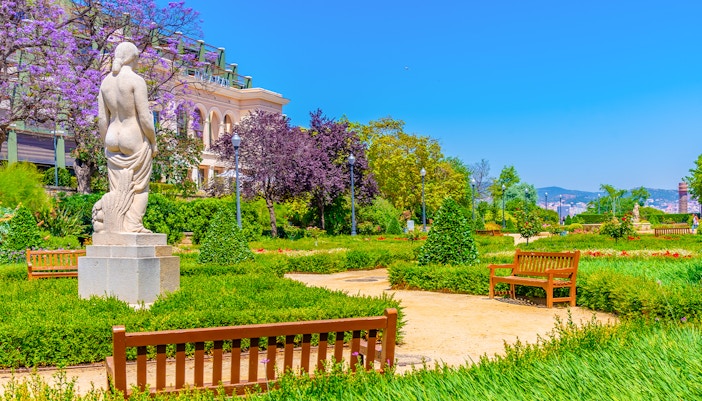
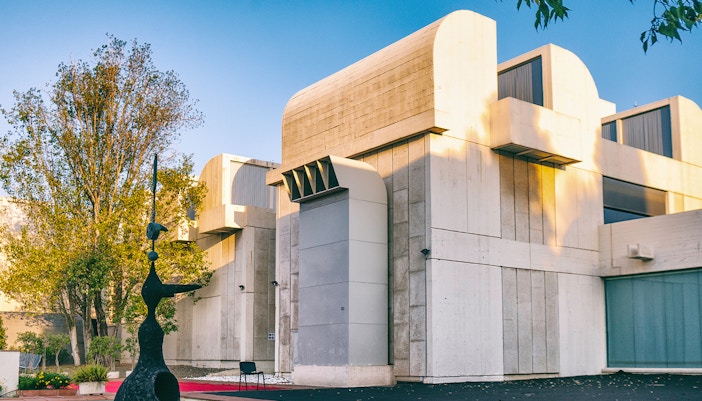
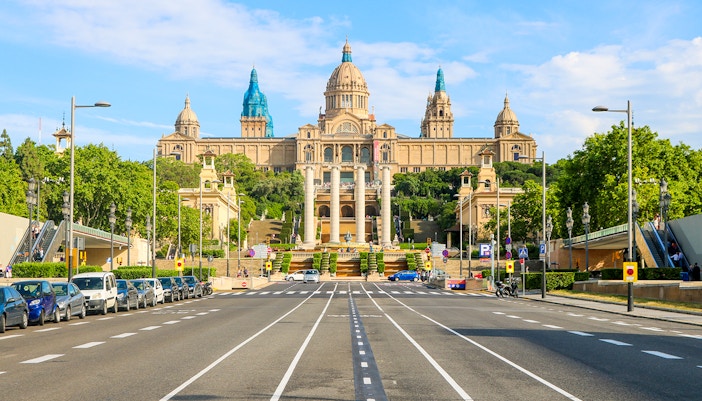

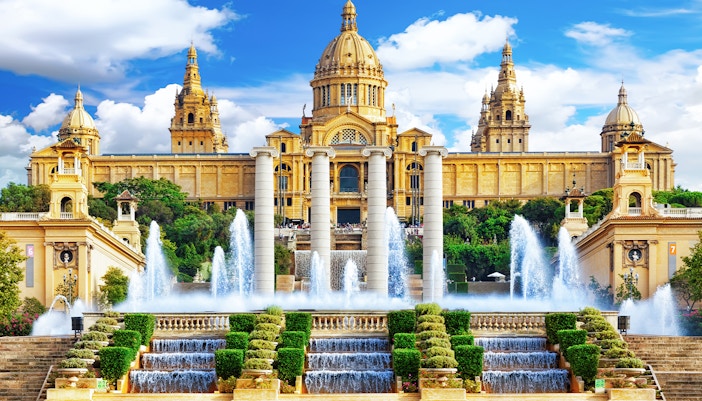
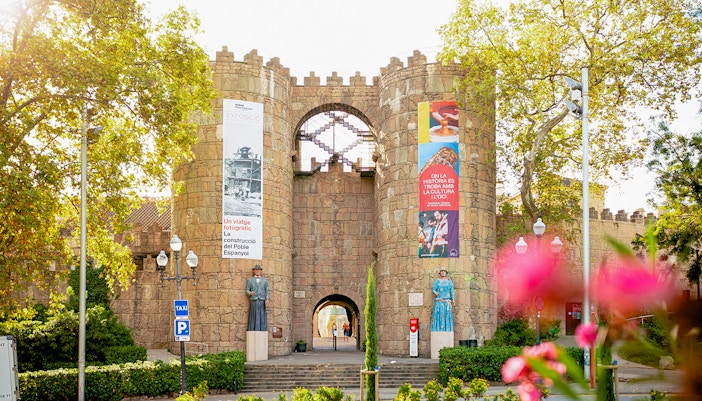

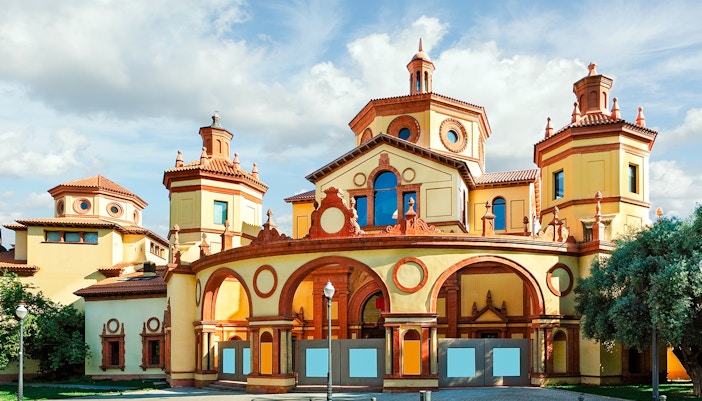
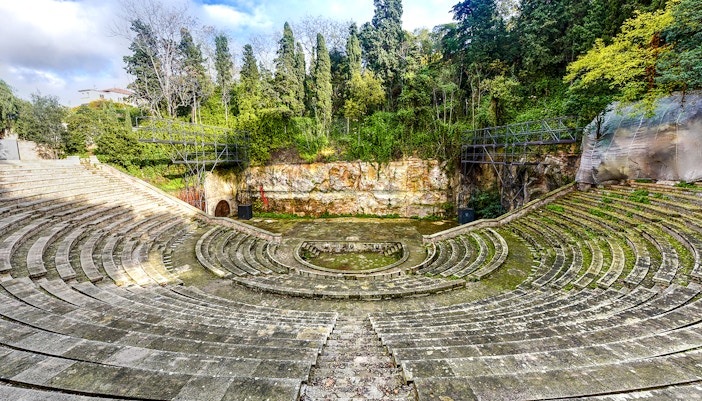
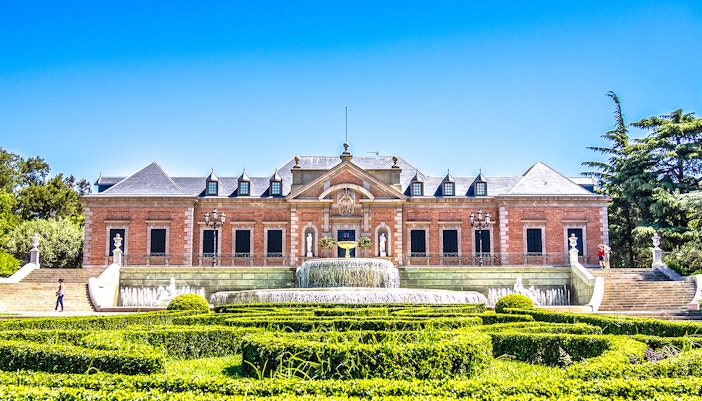

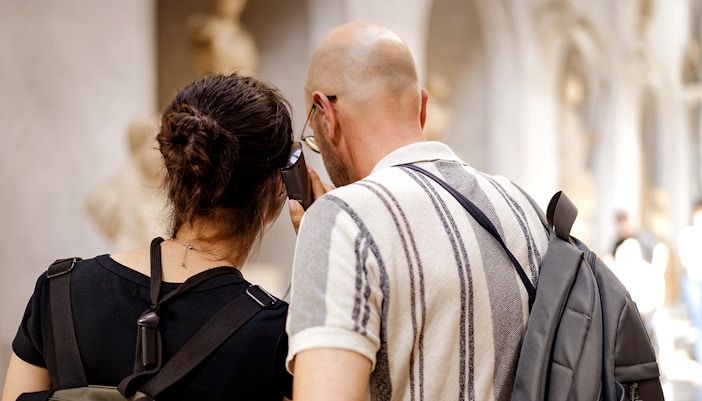

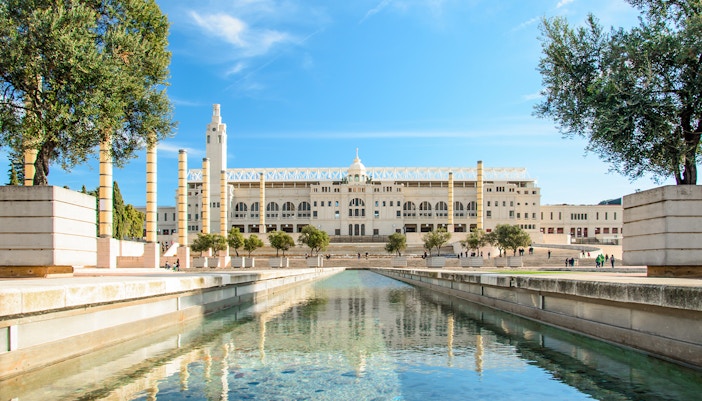
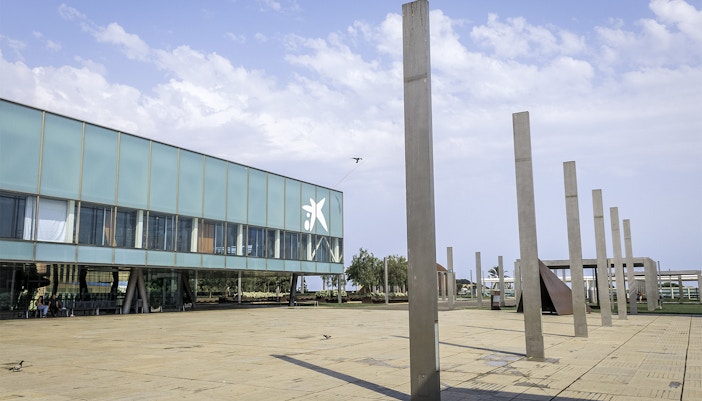
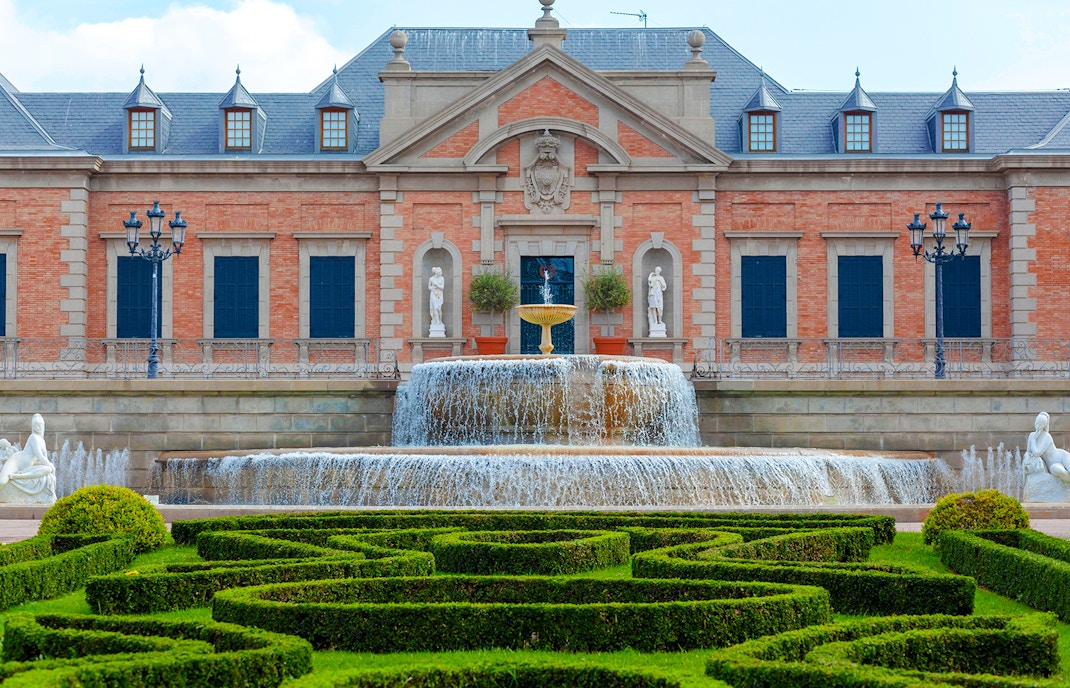

The Parc de Montjuïc station is the lower station of the Montjuïc Cable Car, located near the upper exit of the Montjuïc Funicular, which connects to the Paral·lel metro station (L2 and L3). It’s right at the base of Montjuïc Hill.
Not exactly. The Funicular brings you up from the city, but it ends just below the cable car. From there, you simply walk a few meters to transfer to the Montjuïc Cable Car at Parc de Montjuïc station.
No. The Montjuïc Cable Car is not included in TMB passes like the Hola BCN card or T-Usual. It’s a separate attraction with its own pricing.
Absolutely. The cable car and the station are both stroller and wheelchair-friendly. The cabins are spacious and have level boarding access.
Of course! In fact, you’ll want to. This is one of the best places in Barcelona for panoramic city and sea views. Clear cabins mean Instagram-worthy snaps from every angle.
Yes, but only if your pet is in a closed, secure carrier. Guide dogs are allowed without restriction.
No luggage storage is available on-site. It’s best to visit after dropping your bags at your hotel or a storage service in the city.